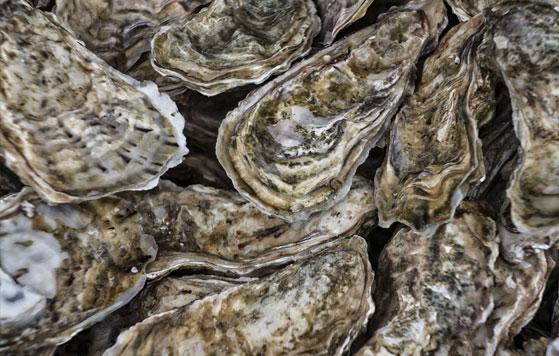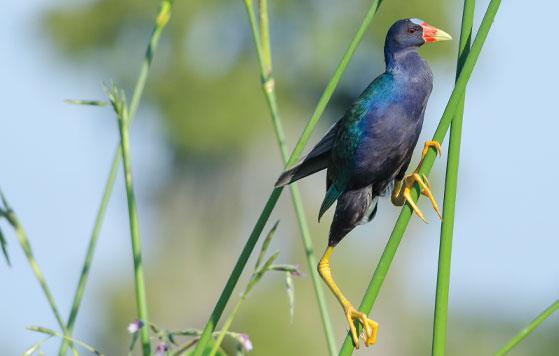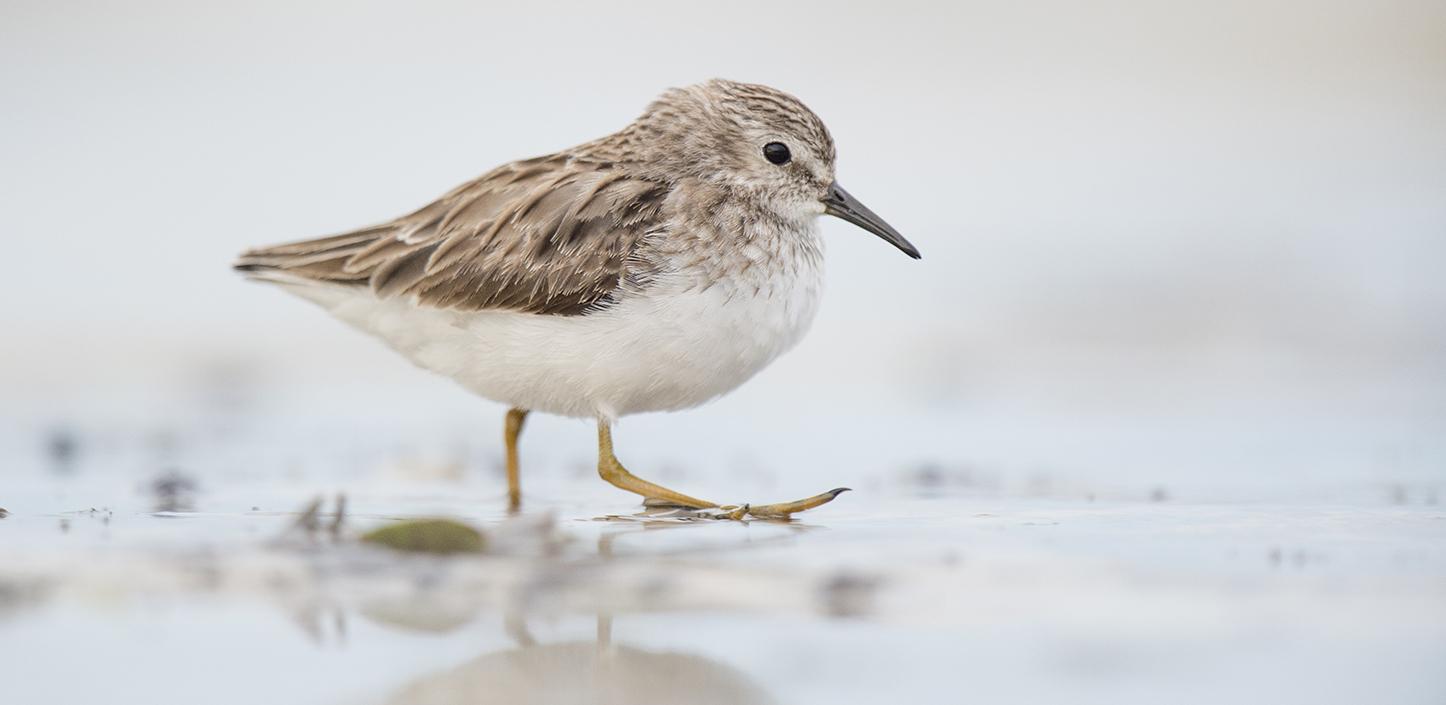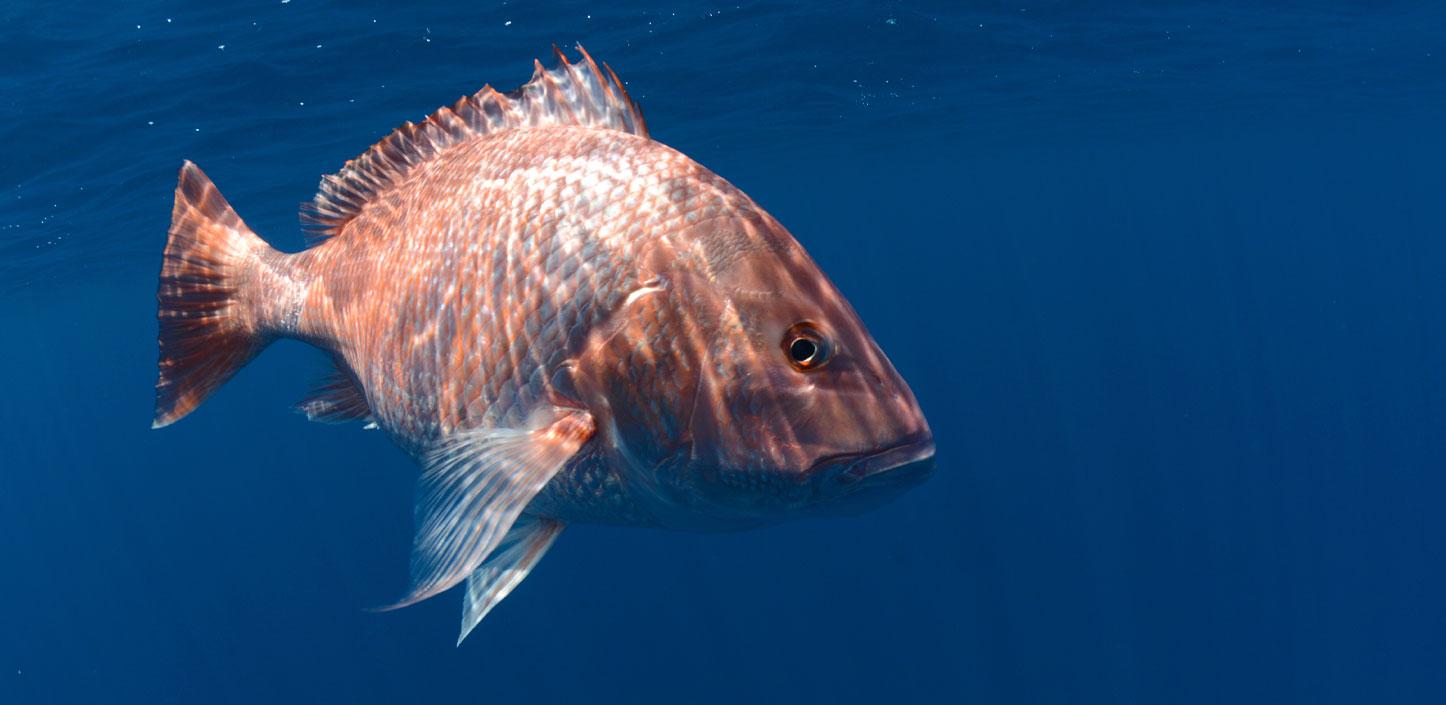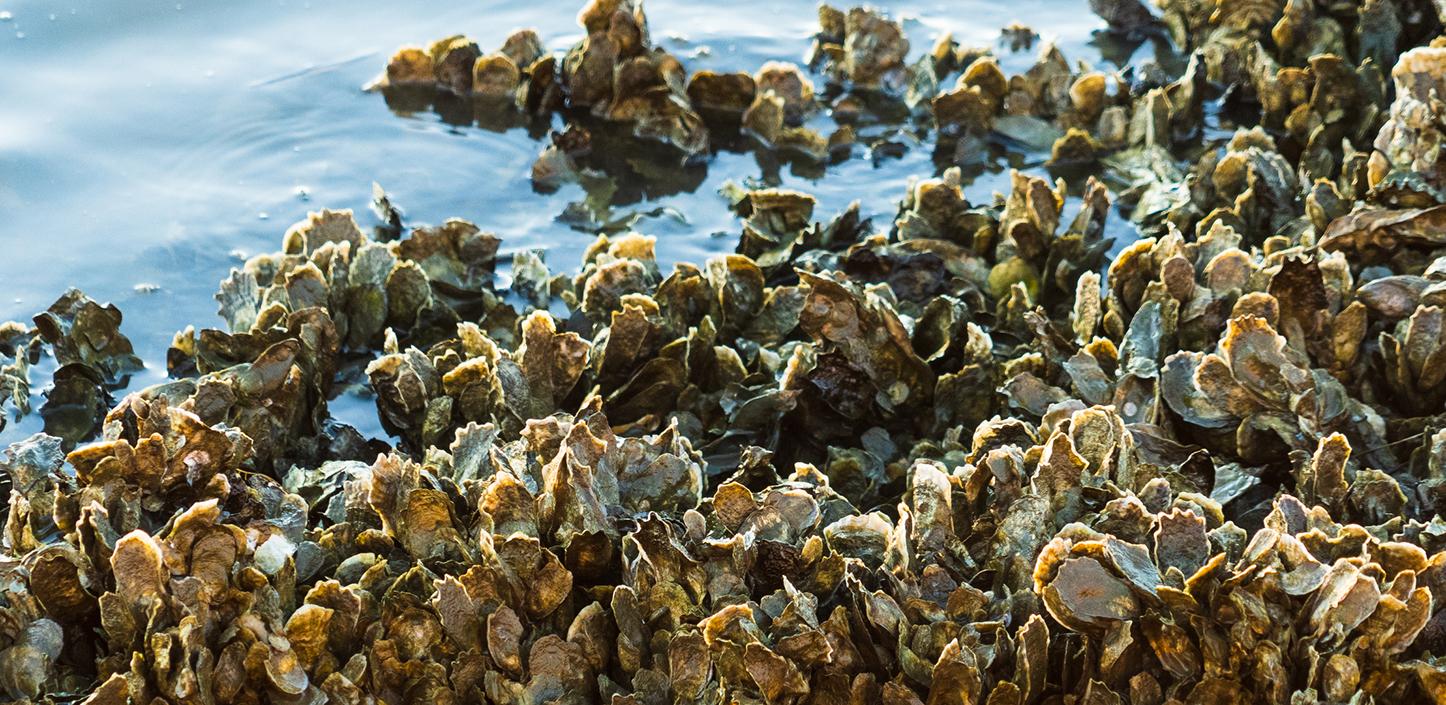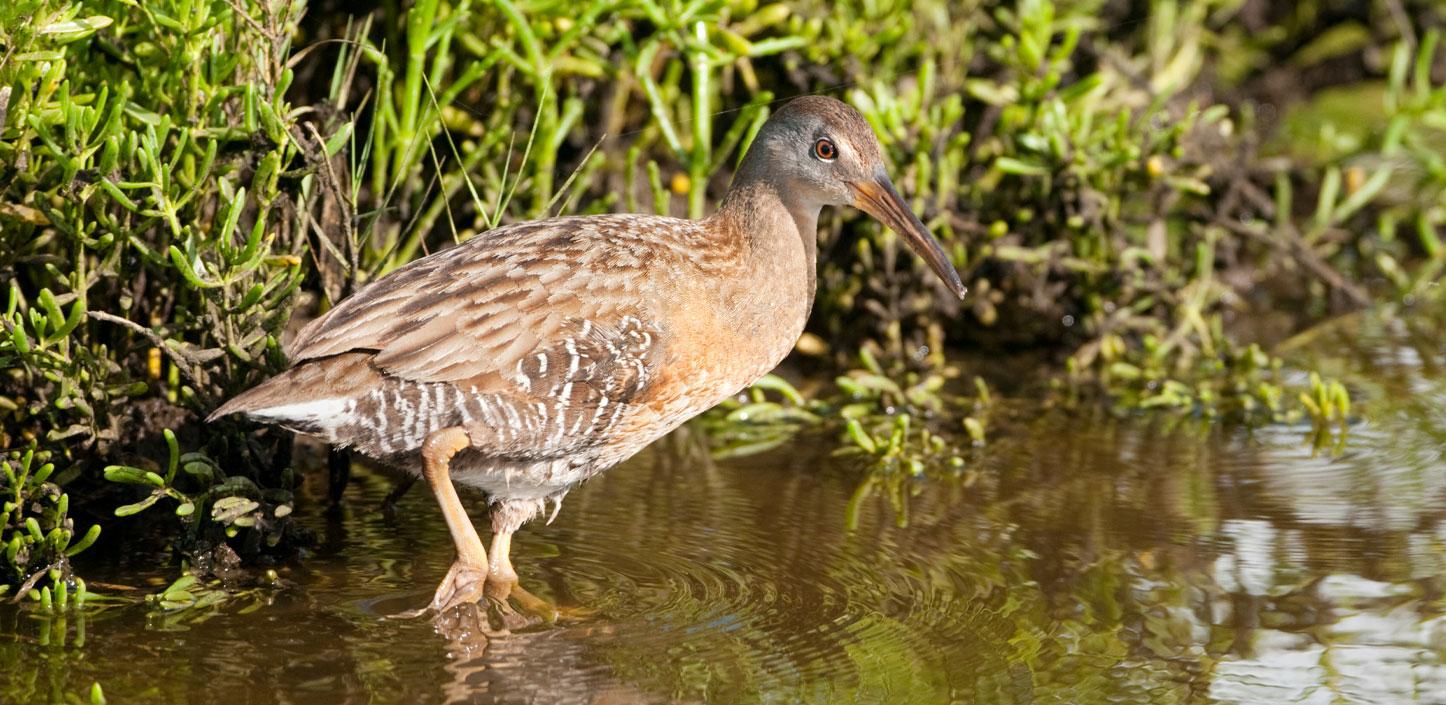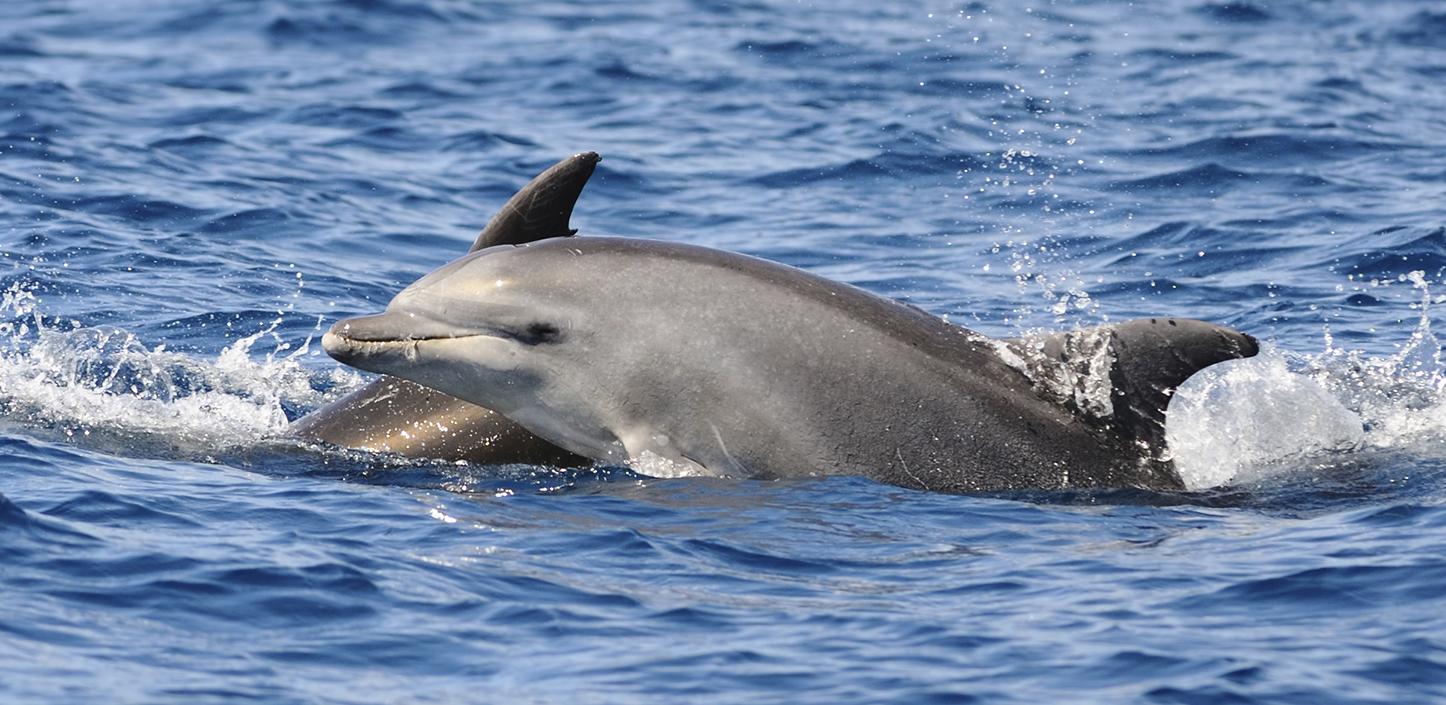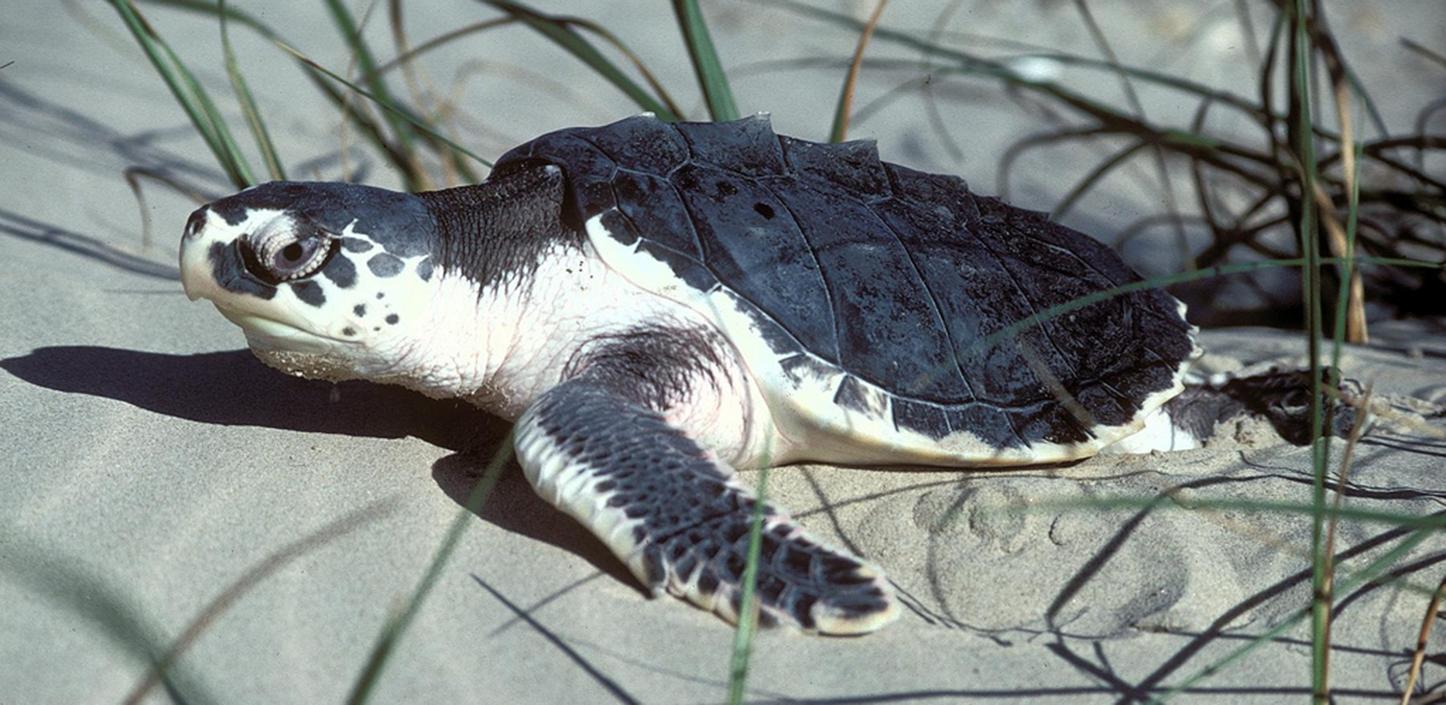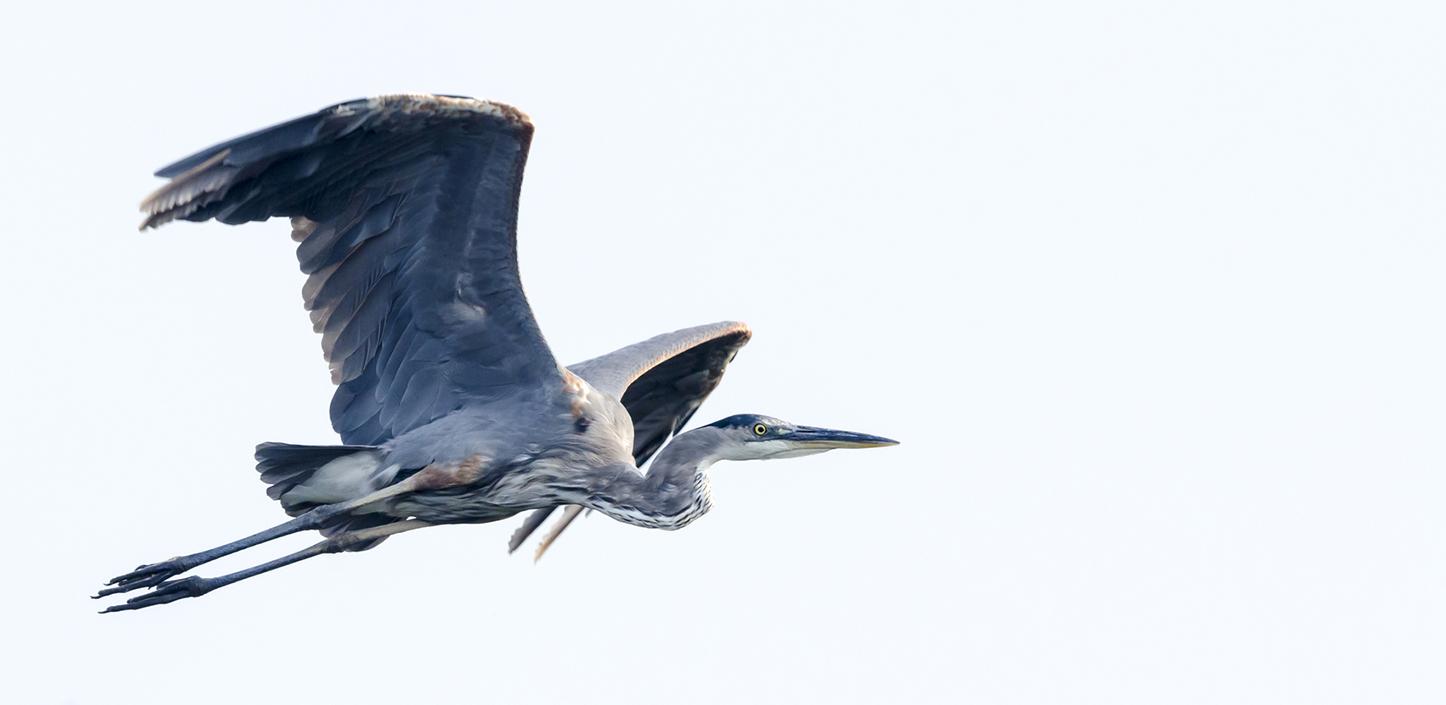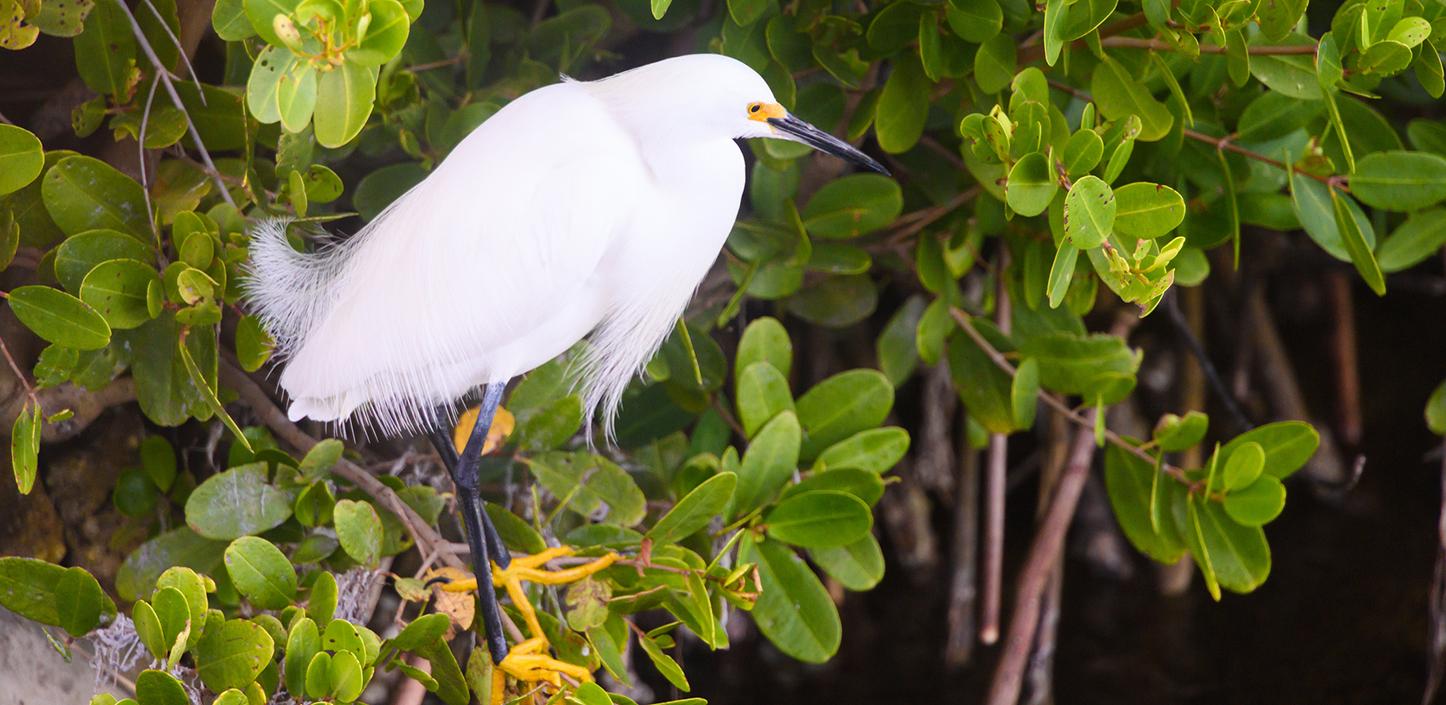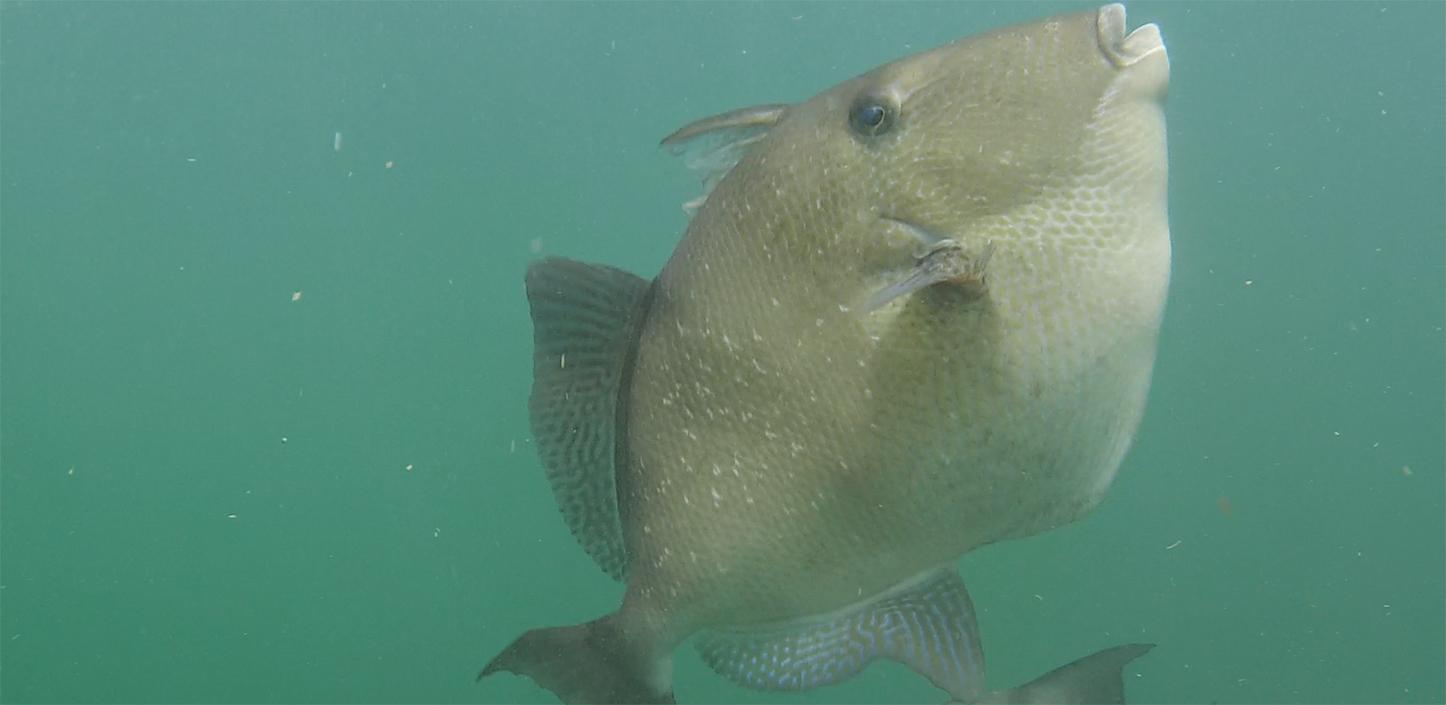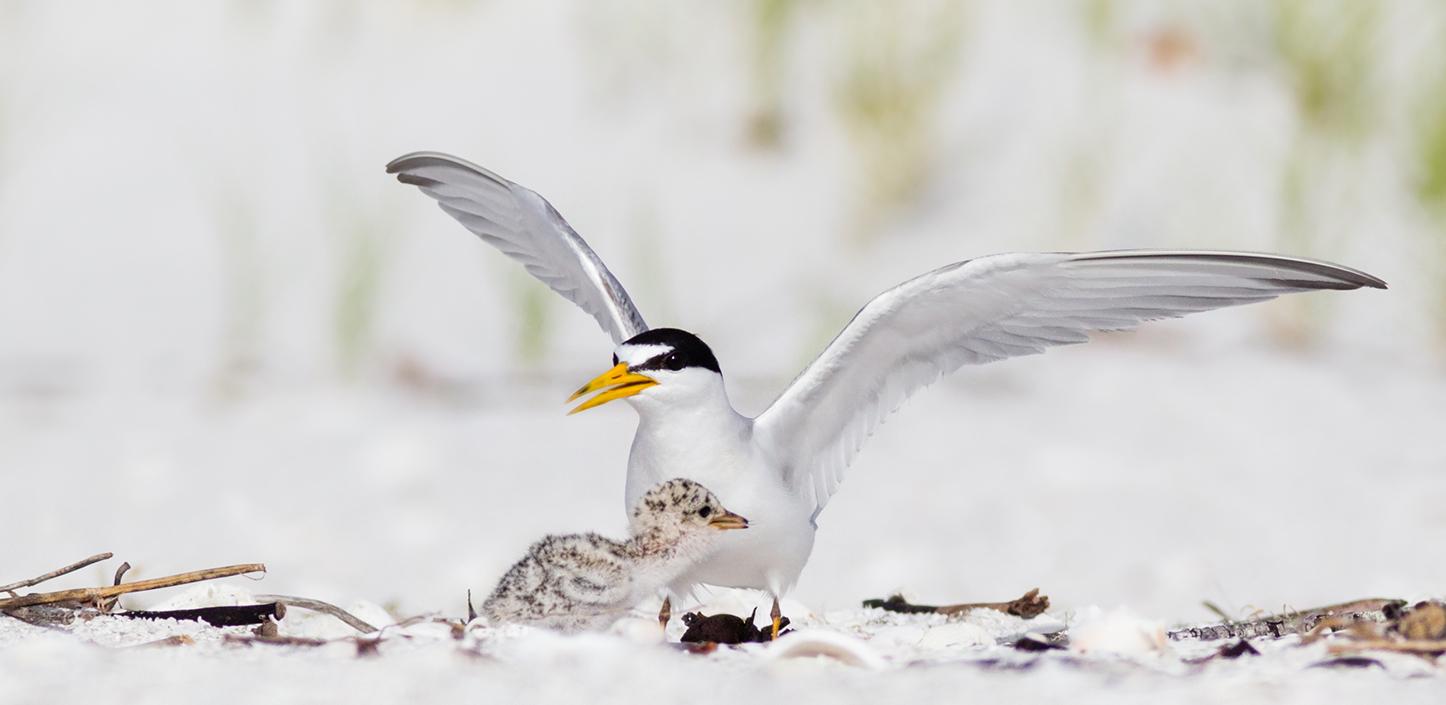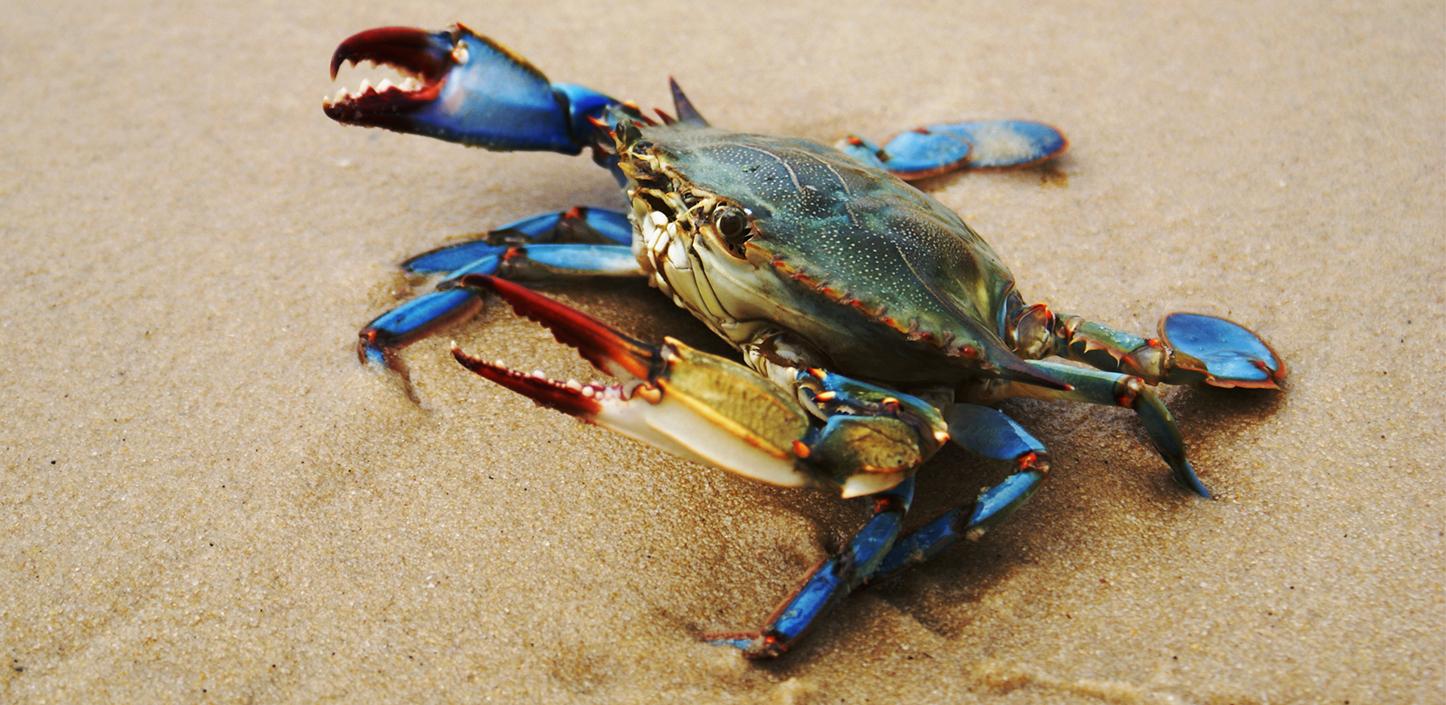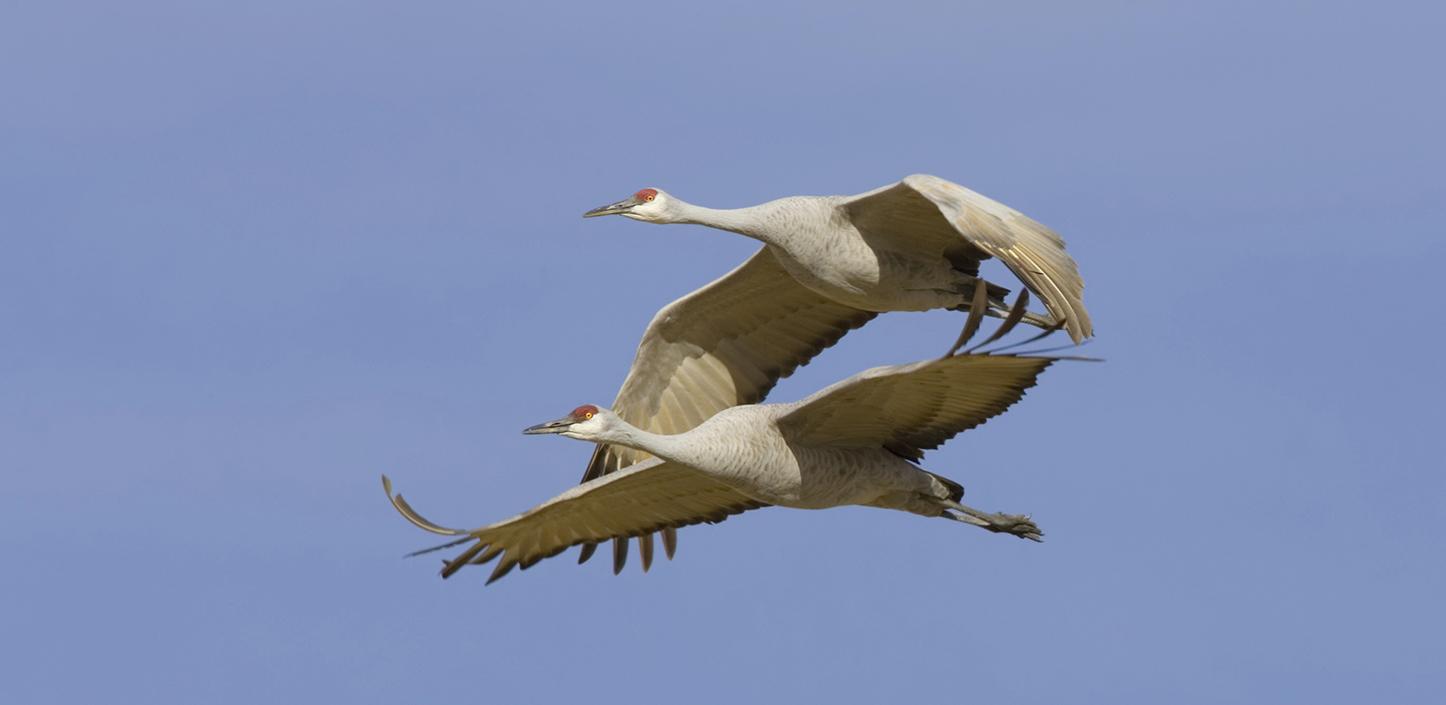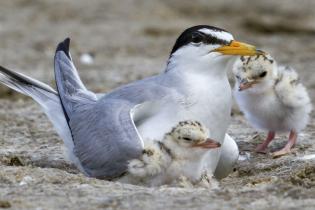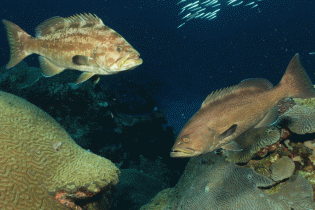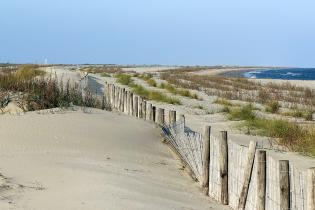The GEBF supports conservation of shorebirds, including the least sandpiper, as they migrate through the Lower Mississippi River Valley.
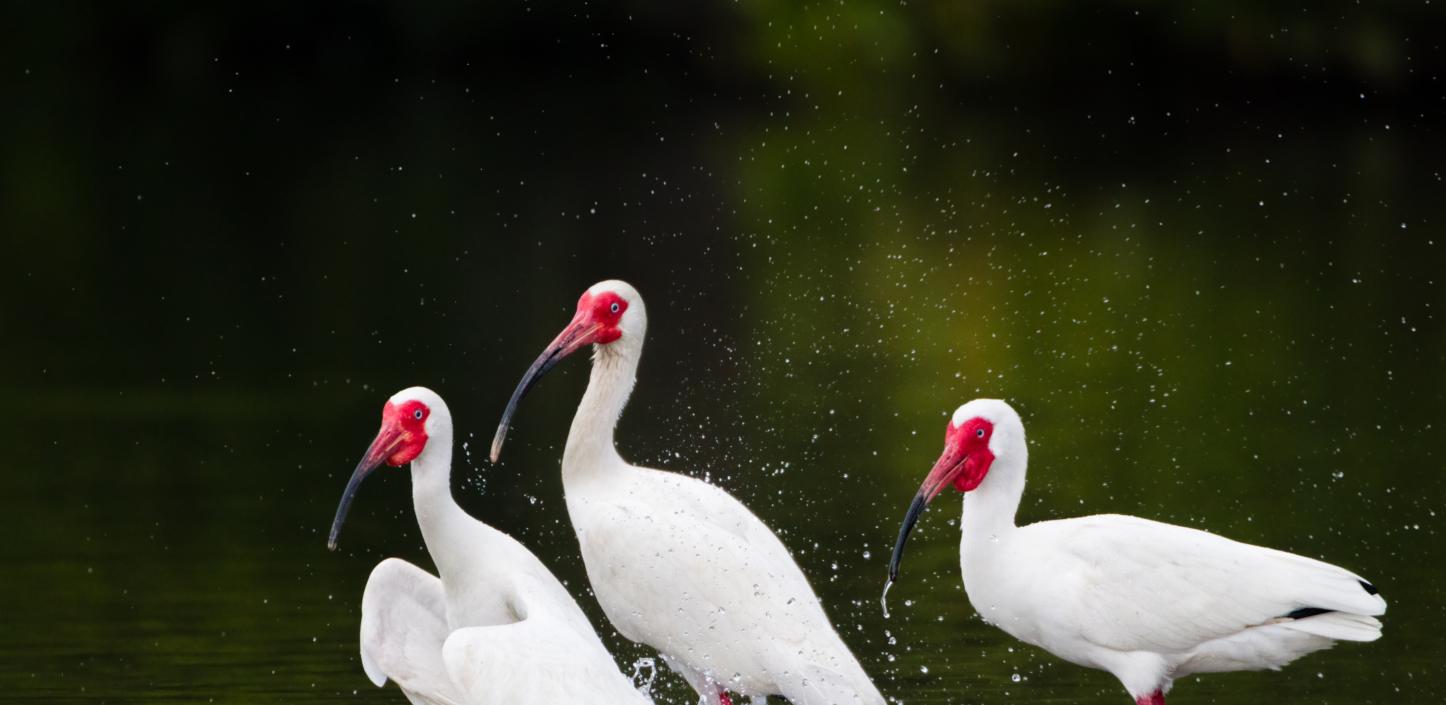
MISSISSIPPI
GEBF in Mississippi
“Gulf Environmental Benefit Fund support is helping us implement critical conservation projects across the Mississippi Gulf Coast. We are conserving and restoring coastal habitats and taking bold steps to improve water quality. We are also working with a variety of partners to restore barrier islands and enhance marsh habitat through the beneficial use of dredge materials.” — Mississippi Governor Tate Reeves
Current Projects
To date, the total number of awards from the Gulf Environmental Benefit Fund (GEBF) in the state of Mississippi stands at 35, with a total current value of more than $211 million. These projects leverage or complement other conservation investments worth more than $459 million, creating a total impact of more than $458 million for the Mississippi coast. These projects were selected for funding following extensive consultation with the Mississippi Department of Environmental Quality, the U.S. Fish & Wildlife Service (FWS) and the National Oceanic and Atmospheric Administration (NOAA).
The projects in Mississippi address high-priority conservation needs. They represent important efforts to protect and enhance natural and living resources, as well as significant planning efforts to develop future projects for consideration under the GEBF.
To learn more about the projects the GEBF has funded in Mississippi, view the comprehensive list of projects.
Project Highlights
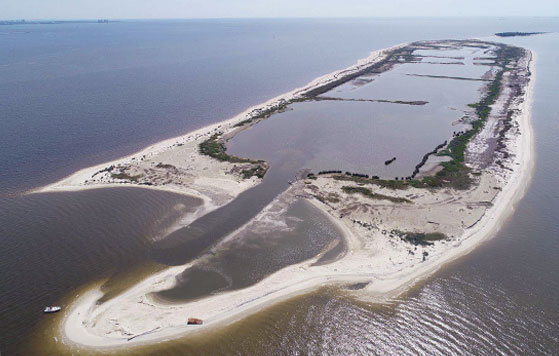
Utilizing Dredge Material for Marsh Restoration in Coastal Mississippi
Mississippi Department of Environmental Quality has received more than $56 million from the GEBF to sustainably restore and create marsh habitat within the Mississippi Sound, St. Louis Bay, Back Bay Biloxi and the Escatawpa Watershed using dredged material. Work includes restoration of the 220-acre Round Island in the Mississippi Sound near Pascagoula that is already providing new nesting habitat for numerous shorebirds and seabirds, while providing storm protection and additional recreation opportunities.
Mississippi Oyster Restoration
Restoration of oyster resources in Mississippi Sound and associated bays and bayous remains a high-priority focal area for the state. More than $18 million in GEBF investments have provided a strong foundation to implement oyster restoration at a significant scale. The state of Mississippi remains committed to restoring state oyster resources to historic levels.
Improving Habitat for Marsh Birds
While secretive birds such as rails and bitterns remain difficult to study, many experts agree several marsh bird species are experiencing serious population declines, a situation made worse by the 2010 oil spill. The GEBF dedicated more than $17 million to projects acquiring parcels that will protect and enhance habitats for marsh birds. Researchers in Mississippi are investigating the breeding and wintering ecology of priority marsh bird species. These studies, unprecedented in scale and focus, are expected to guide future conservation actions and help marsh birds rebound.
GEBF Mississippi Species
The conservation and restoration projects the GEBF supported along the Mississippi Coast have been critical to helping protect important fish and wildlife including clapper rail, great blue heron, grey triggerfish and Mississippi sandhill crane. Explore the image gallery below to learn about the species that were supported through these projects and the habitats where they reside.
Future Projects
NFWF is engaged in consultation with the Mississippi Department of Environmental Quality, FWS and NOAA to identify priority conservation projects for consideration under the GEBF.
About the GEBF in Mississippi
Under the allocation formula and other provisions contained in the plea agreements, the GEBF has received $356 million for project expenditures in the state of Mississippi.
To learn more about Mississippi's process for identifying priority Gulf Coast restoration projects visit: www.restore.ms
